直流電動機(jī)控制電路與低功耗閃爍器電路
直流電動機(jī)控制電路-DC Motor Control Circuit
本文引用地址:http://www.ex-cimer.com/article/163321.htmNotes:
Here, S1 and S2 are normally open , push to close, press button switches. The diodes can be red or green and are there only to indicate direction. You may need to alter the TIP31 transistors depending on the motor being used. Remember, running under load draws more current. This circuit was built to operate a small motor used for opening and closing a pair of curtains. As an advantage over automatic closing and opening systems, you have control of how much, or how little light to let into a room. The four diodes surriunding the motor, are back EMF diodes. They are chosen to suit the motor. For a 12V motor drawing 1amp under load, I use 1N4001 diodes.
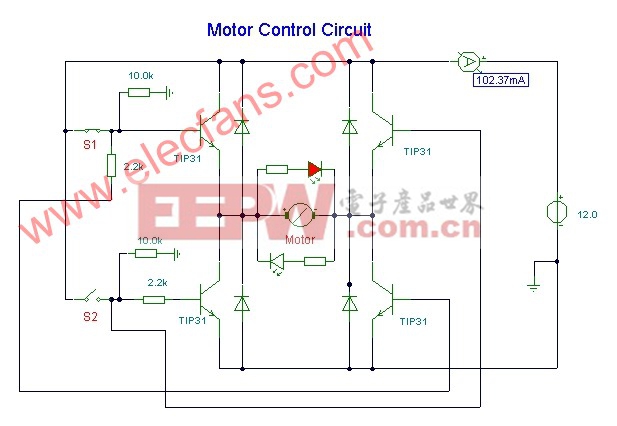

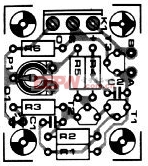
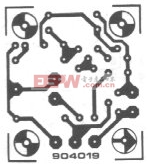

R1 = 4 mOhm D1 = Red Led 5mm
R2,6 = 10 mOhm T1 = BS170
R3 = 470 Ohm T2 = BC560B
R4 = 10 kOhm T3 = BC516
p5 = 680 KOhm
P1 = 5 MOhm
C1 = 22n
C2 = 220n
DIY機(jī)械鍵盤相關(guān)社區(qū):機(jī)械鍵盤DIY









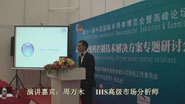
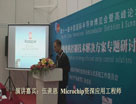
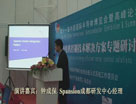

評論